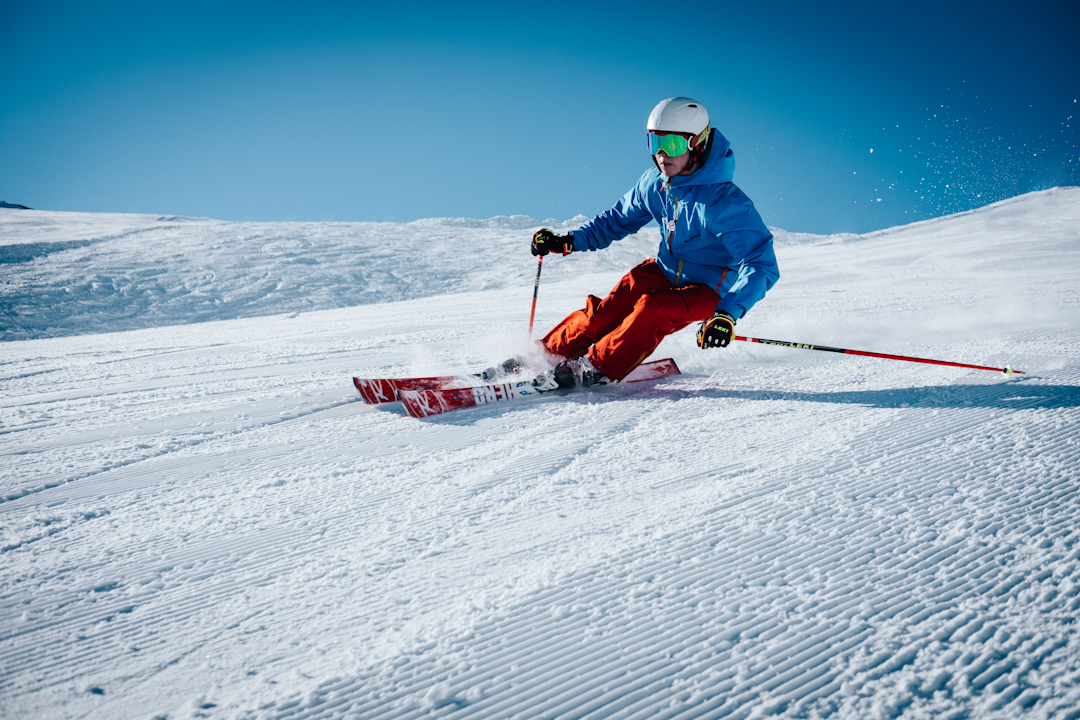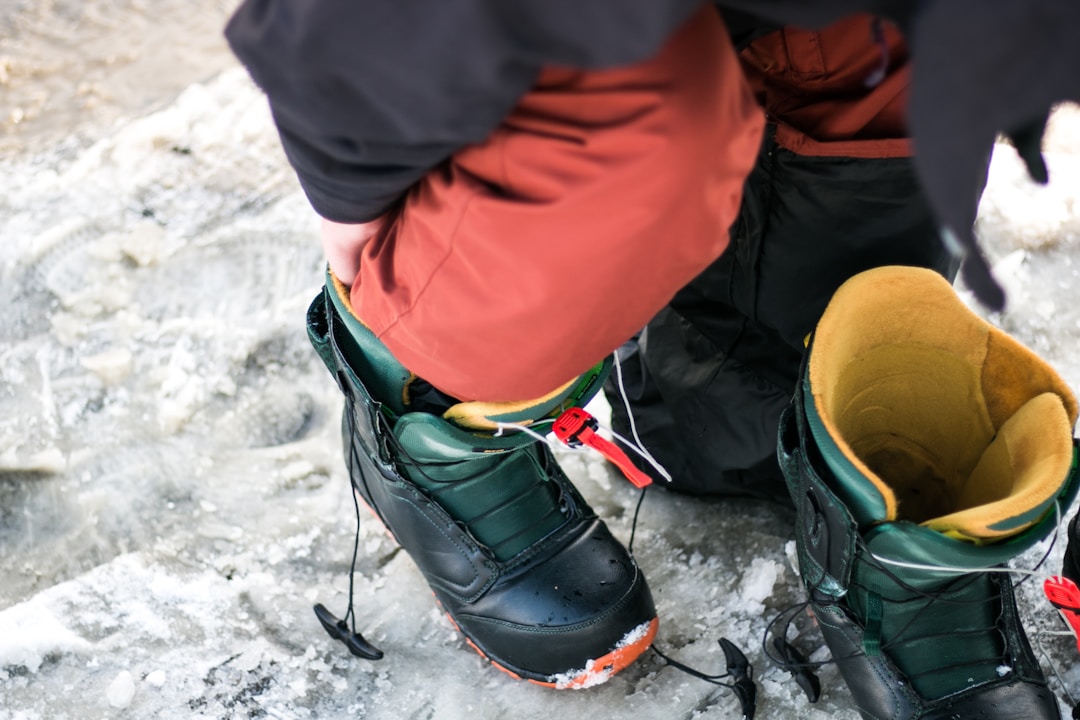The Importance of Quality Ski Boot Soles for Performance and Comfort
When it comes to skiing, precision and control are paramount. Your ski boot soles act as the critical link between your body and your skis, directly impacting your performance and the comfort of your feet throughout the day on the slopes. Quality soles can mean distinguishing between conquering challenging runs confidently or struggling for stability and support. In this article, we’ll delve into the significance of ski boot soles and what you should look for to enhance your skiing experience. Keep reading to dive deeper into the world of ski boot soles and their undeniable influence on your skiing prowess.
How Ski Boot Sole Quality Affects On-Mountain Performance

The quality of ski boot soles directly influences a skier’s control and stability. High-quality soles are designed to provide a solid platform, enabling skiers to transmit power from their legs to their skis efficiently. This power transfer is critical when carving precise turns or maintaining speed on a straightaway.
Moreover, the torsional rigidity of ski boot soles affects how well your boots can resist twisting forces. This rigidity is crucial during intense maneuvers when skis are subjected to complex forces. A sole that maintains its shape under stress performs more consistently and reduces the risk of accidental release from the binding.
Shock absorption is another critical factor impacted by sole quality. Skiing can be challenging on the feet and joints due to constant vibrations and impacts. A quality ski boot sole can dampen these forces, providing a smoother and more comfortable skiing experience. This is especially valuable during prolonged days on the mountain or when skiing over rough terrain.
Lastly, different skiing disciplines—racing, freestyle, or backcountry—require soles tailored to meet specific demands. Performance can be significantly impacted if soles are not designed with the right balance of flexibility and support to suit the discipline’s needs, underscoring the importance of choosing the correct sole for your skiing style.
Balancing Performance with Comfort: Selecting the Right Ski Boot Sole

The first step in balancing performance and comfort is considering the skier’s level and style. Beginners may prioritize comfort and forgiveness in a sole, while advanced skiers might opt for soles that provide maximum response and control. Each skier’s unique needs should govern which attributes they seek in a ski boot sole.
Foot shape and size are also critical when selecting a ski boot sole. Different brands and models offer various fits and levels of arch support. A well-fitting boot sole can prevent discomfort and injuries, making it essential to try different boots and consult with a boot fitter.
Customization options can further refine the balance between performance and comfort. Some high-quality boot soles come with customization features such as adjustable canting or the ability to add heating elements for cold environments. These personalized touches can turn a good skiing experience into a great one.
Lastly, it’s essential to consider the conditions in which the skier will most often be skiing. A sole that functions well in icy Eastern conditions might not offer the same advantages in the powder-covered slopes of the West. For an ideal balance, local conditions can influence sole material choice, tread pattern, and overall structure.
Maintaining Your Ski Boot Soles for Longevity and Peak Performance
Properly maintaining ski boot soles is critical for ensuring their longevity and peak performance. Regularly inspecting the soles for wear and damage can catch problems before they impact skiing. Skiers should pay special attention to the high-wear areas where soles come into contact with bindings and walking surfaces.
Cleaning and drying your ski boot soles can extend their life after each use. Removing dirt and moisture prevents material degradation and maintains the sole’s grip properties. A dedicated boot drying system can help keep soles in optimal condition, especially when skiing on consecutive days.
When signs of wear appear, some soles are designed to be replaced instead of purchasing new boots. This process is a cost-effective way to maintain high performance and is a consideration when initially purchasing boots with quality soles.
Altogether, the quality of your ski boot soles plays a crucial role in both performance and comfort on the slopes, influencing everything from control to shock absorption. By choosing the right soles and maintaining them properly, skiers can ensure an optimal experience and extend the lifespan of their boots.


